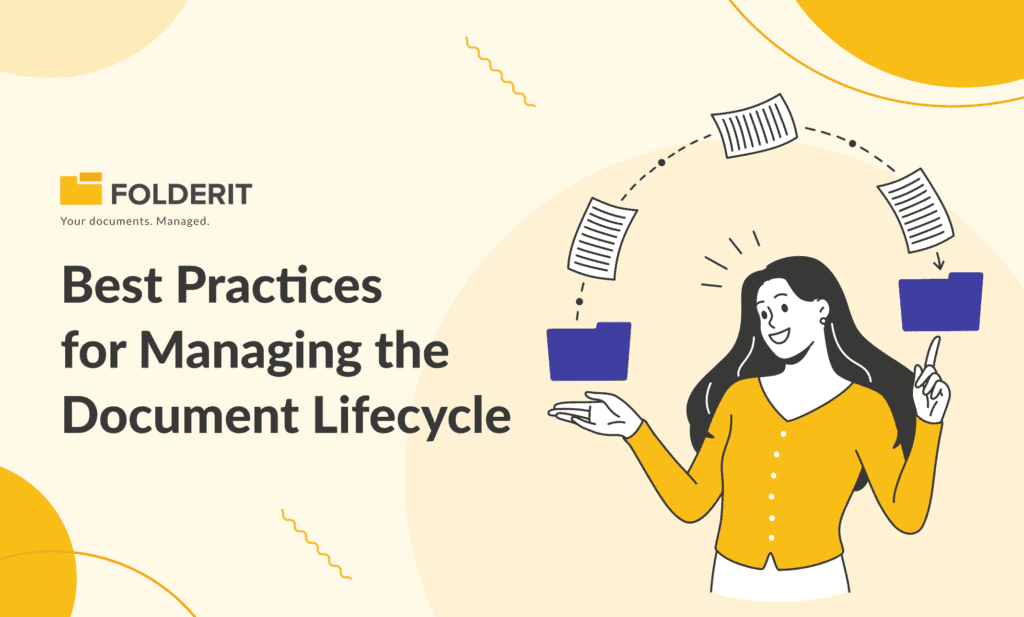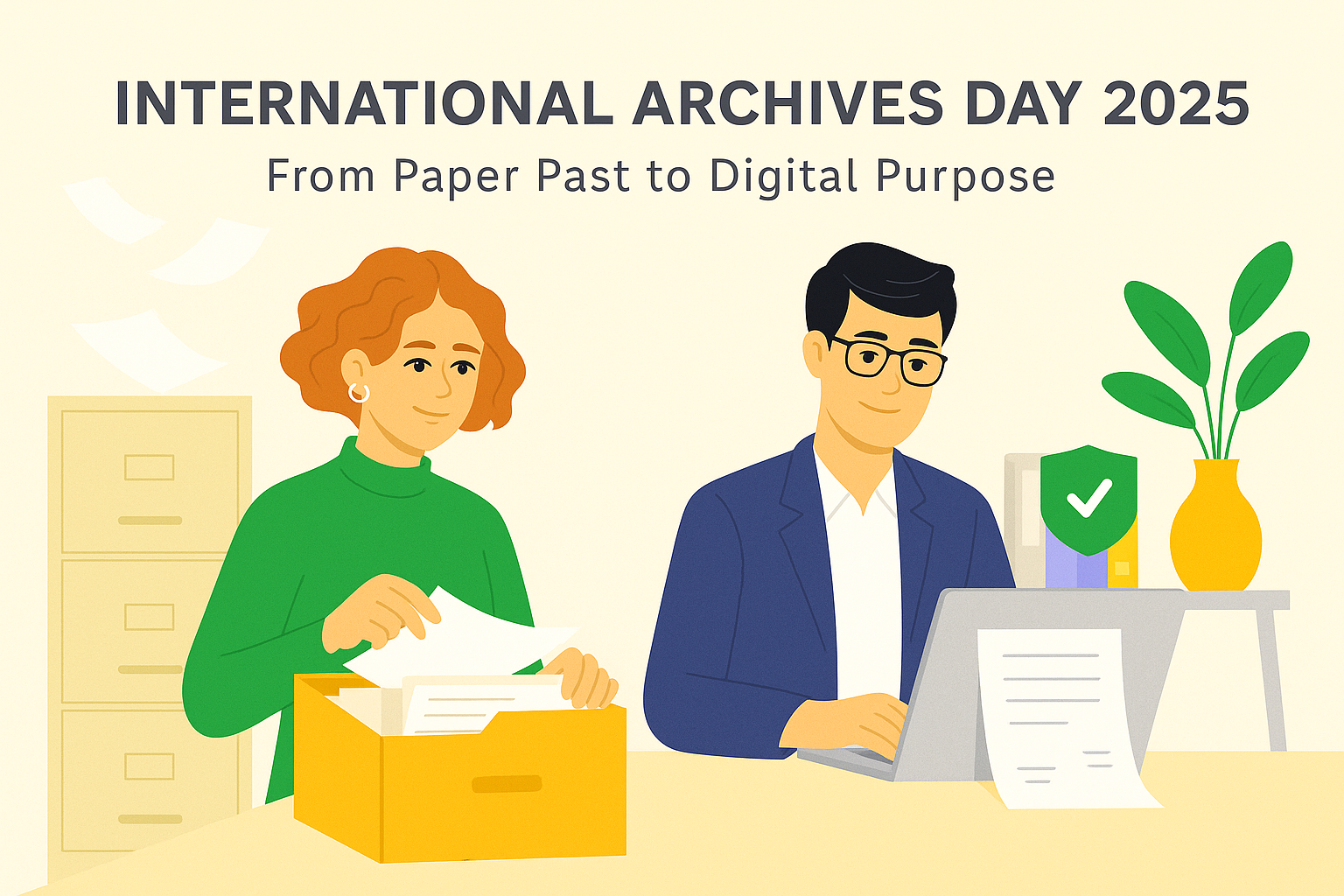Managing the lifecycle of documents is a critical task for organizations across all sectors. Effective document lifecycle management (DLM) not only enhances operational efficiency but also ensures compliance with regulatory standards and optimizes resource utilization.
Understanding the Document Lifecycle
The document lifecycle encompasses several stages, each requiring specific management strategies:
- Creation: The genesis of any document, where it is conceptualized and produced. At this stage, it's crucial to determine the document's purpose, intended audience, and the information it will contain.
- Editing and Indexing: Once created, documents often undergo editing and indexing for ease of retrieval. This phase should ensure accuracy, clarity, and completeness of information.
- Sharing and Distribution: Involves disseminating the document to relevant stakeholders. This stage requires careful consideration of access rights and data security.
- Active Use and Collaboration: The period during which the document is actively used and possibly modified by authorized personnel. Version control and access management are key here.
- Archiving: Inactive documents are archived for future reference. Efficient archiving practices ensure documents are stored securely and can be easily retrieved when needed.
- Disposal or Destruction: The final stage, where documents are either permanently deleted or destroyed, often in compliance with legal or organizational policies.
Best Practices for Document Lifecycle Management
1. Creation and Initial Management
Standardized Creation Protocols: Establish standardized templates and protocols for document creation to ensure consistency and accuracy.
Automated Data Capture: Utilize Optical Character Recognition (OCR) and other technologies for automated data capture, reducing manual entry errors and enhancing efficiency.
2. Editing, Review, and Approval
Collaborative Editing Tools: Implement collaborative editing platforms that allow multiple stakeholders to review and edit documents simultaneously, ensuring transparency and reducing turnaround times.
Version Control: Employ robust version control systems to track changes and maintain a history of document revisions, crucial for audit trails and historical accuracy.
3. Indexing and Classification
Metadata and Tagging: Develop a comprehensive system for metadata and tagging to facilitate easy retrieval and classification of documents.
AI-Driven Classification: Leverage artificial intelligence for advanced document classification, enabling more accurate and efficient organization of documents.
4. Storage and Accessibility
Secure Digital Repositories: Use secure, encrypted digital storage solutions to protect sensitive information and ensure data integrity.
Cloud Storage: Embrace cloud storage for its scalability, remote accessibility, and enhanced security features.
5. Distribution and Sharing
Controlled Access and Distribution: Implement strict access controls to manage who can view, edit, or share documents, especially for confidential or sensitive information.
Secure Sharing Platforms: Utilize secure platforms for document sharing, ensuring encryption and secure transmission of data.
6. Active Use and Maintenance
Regular Audits and Updates: Conduct regular audits of active documents to ensure they are up-to-date and compliant with current regulations and organizational policies.
Access Reviews: Periodically review who has access to documents, adjusting permissions as roles or responsibilities change.
7. Archiving and Preservation
Long-term Digital Preservation: Adopt strategies for long-term digital preservation, ensuring that archived documents remain accessible and readable over time.
Compliance with Retention Policies: Adhere to legal and regulatory document retention policies, ensuring documents are retained for the required duration.
8. Disposal and Destruction
Secure Disposal Practices: When documents reach the end of their lifecycle, ensure secure and compliant disposal practices, particularly for sensitive or confidential information.
Document Destruction Policies: Establish and follow clear policies for the destruction of physical documents, such as shredding or incineration, and secure deletion of digital files.
9. Continuous Improvement and Adaptation
Feedback Loops and Adaptation: Establish feedback mechanisms to continuously improve document lifecycle processes.
Technology Adaptation: Stay abreast of technological advancements and adapt document management practices accordingly to leverage new tools and methodologies.
10. Training and Awareness
Regular Staff Training: Conduct regular training sessions for staff on document lifecycle management practices, emphasizing the importance of compliance and security.
Promotion of a Document-Conscious Culture: Foster a culture that values meticulous document management, encouraging staff to take ownership of the document lifecycle process.
Challenges in Document Lifecycle Management
Managing the document lifecycle effectively involves navigating several challenges:
-
Data Security: Ensuring the confidentiality and integrity of documents, especially against increasing cyber threats.
-
Accessibility vs. Security: Striking a balance between making documents accessible to those who need them and keeping them secure.
-
Compliance: Keeping up with changing legal and regulatory standards that affect document management.
-
Technological Evolution: Continuously updating systems to incorporate the latest document management technologies.
-
Organizational Adherence: Ensuring all staff members follow established document management protocols, a challenge in larger or decentralized organizations.
The Path to Efficient Document Lifecycle Management
By adhering to best practices, organizations can streamline their document-related processes, enhance security, and ensure compliance. This involves a comprehensive approach that spans from the creation of documents to their eventual disposal. While challenges like maintaining data security, balancing accessibility with security, staying compliant with regulations, keeping up with technology, and ensuring organizational adherence do exist, they can be navigated through strategic planning and continuous improvement.
Ultimately, the goal is to create a document-conscious culture within the organization, where every member understands the value and importance of proper document lifecycle management. This not only safeguards the organization's data but also enhances overall productivity and operational effectiveness.





